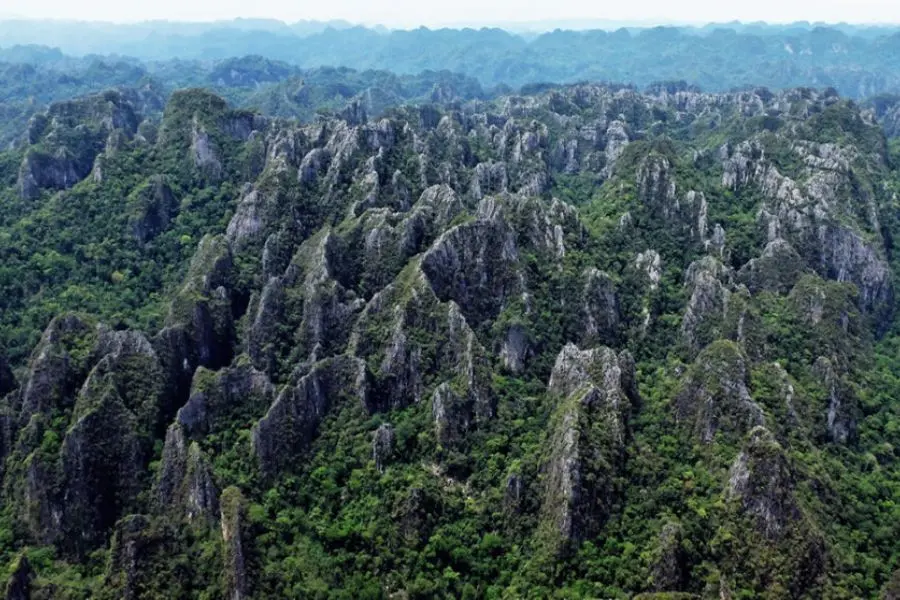The United Nations Educational, Scientific and Cultural Organization (UNESCO) has officially inscribed Hin Nam No National Park as Laos’ newest World Heritage Site, marking a historic moment for both environmental conservation and regional tourism in Southeast Asia.
The announcement was made during the 47th session of the World Heritage Committee, placing Hin Nam No alongside other celebrated Lao sites like Luang Prabang and the Plain of Jars. What sets this inscription apart, however, is that Hin Nam No is the first natural site in Laos to receive UNESCO status — and part of the region’s first transboundary heritage area, shared with neighboring Vietnam.

Bridging Two Nations Through Nature
Straddling the Laos–Vietnam border in Khammouane Province, Hin Nam No National Park is ecologically linked with Phong Nha–Ke Bang National Park in Quang Binh, Vietnam — a UNESCO site since 2003. Together, the two parks now form one of the world’s largest protected karst ecosystems, offering exceptional biodiversity and extraordinary landscapes formed over hundreds of millions of years.
The Lao section alone covers more than 94,000 hectares of limestone forests, deep river caves, and remote mountain terrain — a sanctuary for rare wildlife including hornbills, langurs, and endangered bat species.
A Victory for Community-Based Conservation
The nomination process, which took years of scientific research, environmental planning, and community participation, was hailed as a model for transnational cooperation. Conservation organizations and local villagers worked together under sustainable tourism and eco-guard programs to ensure the area met UNESCO’s stringent natural heritage criteria.
Officials noted that the inscription could help bring responsible tourism opportunities to rural communities, while enhancing awareness and funding for long-term habitat protection.

What This Means for Regional Travel
Hin Nam No’s recognition opens up new possibilities for travelers seeking immersive nature experiences beyond the usual tourist circuits. With its direct ecological link to Phong Nha–Ke Bang in Vietnam, the park is now a cornerstone for multi-country adventure itineraries that explore the rich biodiversity and cultural heritage of both nations.
Whether you’re spelunking through ancient caves, hiking through tropical forests, or visiting ethnic minority villages, this UNESCO listing adds new appeal to cross-border travel routes.
If you're planning a journey through Indochina, check out our specially curated Vietnam Vacation Packages, many of which can be extended into Laos for a deeper, more rewarding exploration of this newly recognized natural wonder.
Laos on the Global Tourism Radar
With the inclusion of Hin Nam No, Laos now boasts four UNESCO World Heritage Sites, reflecting the country’s increasing visibility on the global travel map. And while its cultural sites have long drawn interest, this new natural listing brings fresh focus to the nation’s untamed landscapes and biodiversity.
As sustainable travel continues to gain momentum, Hin Nam No National Park represents not just a protected area, but a symbol of cross-border cooperation, environmental resilience, and the power of heritage to connect people with place.



